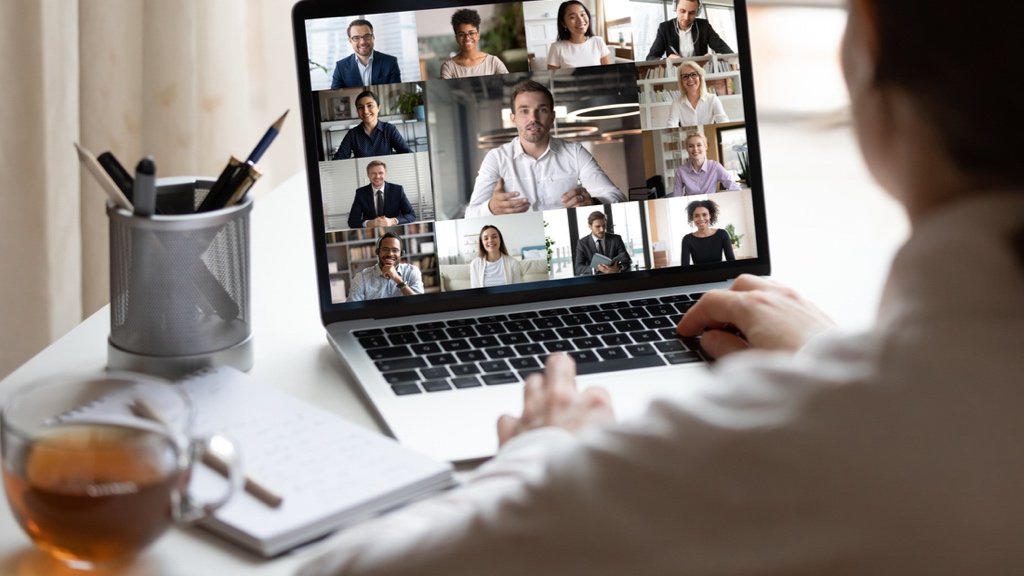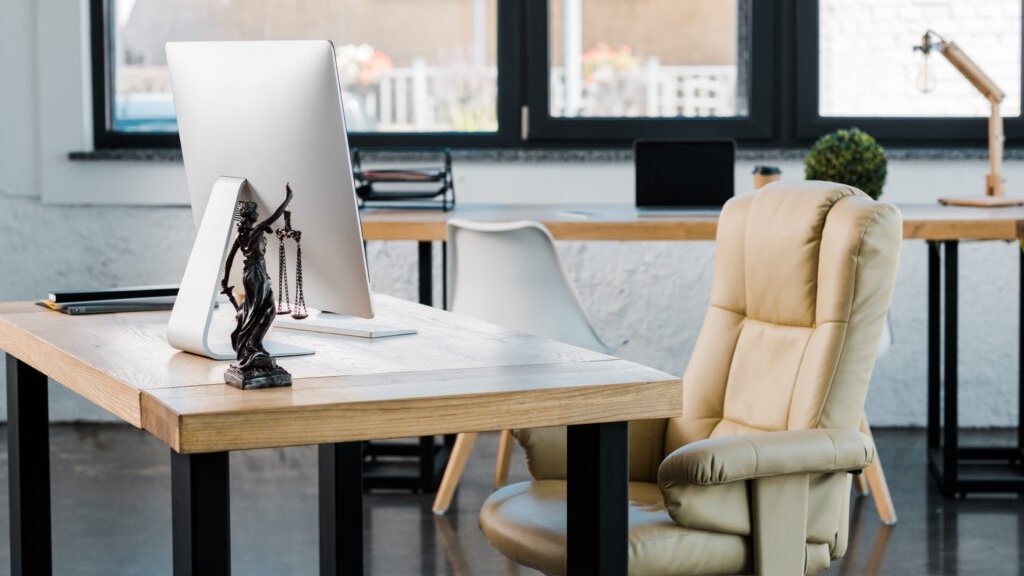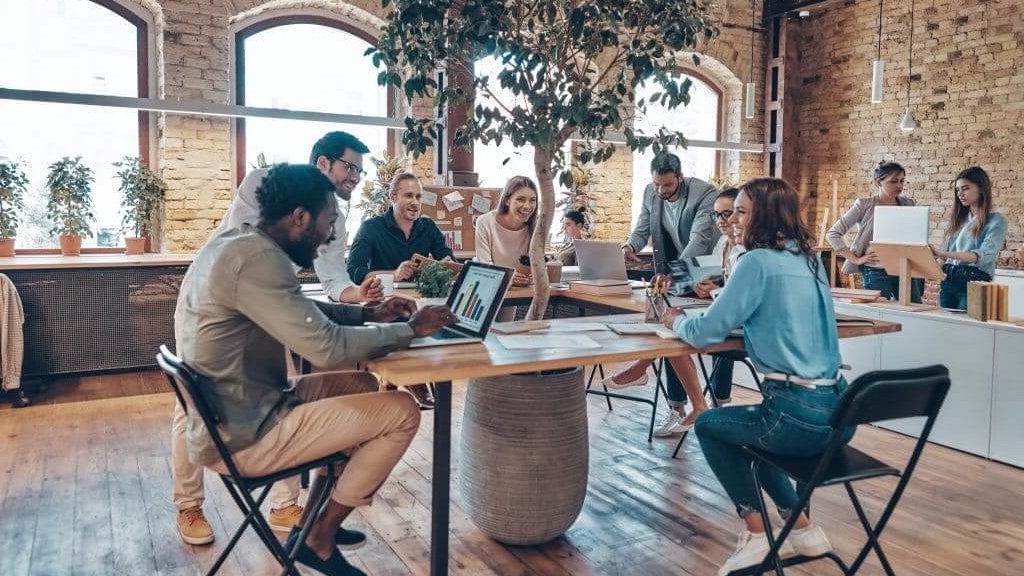
Hybrid Futures and Missed Chances: The Real Legacy of Lockdown-Era Work
The Covid lockdowns were meant to be a temporary hurdle, a jolt that would soon give way to a return to “normal” working life. Yet five years on, it’s clear that the pandemic fundamentally changed how and why we work. Offices reopened, face-to-face meetings resumed, and daily commutes came back - but not exactly in the same shape they were before.
While hybrid working, Zoom greetings, and a more relaxed approach to office attire remain part of our new normal, some of the most promising experiments - from asynchronous work to genuine mental-health support - have struggled to take root.
This post takes a closer look at how these shifts have shaped a hybrid future, where newfound flexibility and autonomy coexist with the missed opportunities that might have truly revolutionized the workplace.

The Shift from Crisis to Convenience
At the start of the pandemic, remote work felt like an emergency fix rather than a long-term strategy. Yet, as teams adapted and found new rhythms, it morphed into a hybrid setup that offered a blend of office interaction and flexibility. What began as a crisis response quickly revealed itself to be a sustainable model, allowing employees to reclaim commute time and companies to reconsider their real-estate needs.
Return-to-Office Pushback
Despite the benefits of office camaraderie, many employees have resisted mandates to return on a strict schedule. This autonomy gained during lockdown has proven hard to surrender, especially for those who tasted the freedom of balancing professional tasks with personal demands. While employers cite in-person collaboration as crucial for innovation, the tug-of-war continues, revealing how deeply workers now value choice in where and when they work.
Winners and Losers
Not everyone benefits equally from the hybrid model. White-collar roles, which often require only a laptop and stable internet, have embraced the new normal. Meanwhile, frontline workers in sectors like retail, healthcare, and manufacturing still operate in person, underscoring a growing inequality in flexibility. As some professionals enjoy reduced commute costs and added family time, others remain bound to physical workplaces without the same perks.
Productivity and Collaboration
Companies that successfully leverage hybrid strategies often find employees can be both efficient and engaged, splitting time between the office for face-to-face synergy and home for deep focus. However, there’s a risk of missing the informal creative sparks that emerge in impromptu hallway chats. The challenge lies in striking a balance between structured, in-person sessions that foster collaboration and the uninterrupted productivity that remote days can provide.

Reinventing Meetings and Communication
In the early days of lockdown, video conferencing felt like a temporary substitute, but it has since proven indispensable for global teams. Even with offices reopening, people prefer to dial in for convenience and efficiency, rather than booking a meeting room and corralling colleagues in person.
The New Social Cues
Remote platforms introduced the now-classic Zoom wave, a friendly sign-off more relaxed than a handshake. Yet, virtual etiquette raises questions about body language and turn-taking, as not everyone can read physical cues on-screen. To maintain inclusivity, many companies record and transcribe calls, giving those who missed the meeting an accessible way to catch up.

The Side Hustle Explosion
Remote and hybrid work unlocked a world of side gigs for employees seeking additional income or a creative outlet. Beyond the cost-of-living pressures that prompted many to find supplementary earnings, people discovered the freedom to explore nontraditional career paths. This trend underscores a growing desire for autonomy and self-determination in a rapidly evolving job market.
The Disappearance of Asynchronous Ideals
While early lockdowns encouraged asynchronous collaboration across time zones, many workplaces have slipped back into an always-on culture with constant notifications. As companies return to regular meetings and immediate responses, some lament the loss of autonomy that came from setting one’s own schedule. The challenge now is to blend real-time teamwork with flexible hours that let employees thrive on their own terms.

The Great Casualisation
The pandemic acted as a catalyst for more relaxed dress codes, ushering in a wave of comfort over convention. Elastic waistbands and trainers, once weekend attire, became acceptable in many office contexts, reflecting how quickly professional norms can shift. This trend has blurred the lines between home and office, raising questions about whether outward appearance still shapes workplace credibility.
Outcome Over Optics
With more focus on results than on buttoned-up style, some teams see casual attire as a natural extension of workplace trust. Others argue that dressing well shows respect for both colleagues and clients, encouraging a sense of shared purpose and professionalism. Ultimately, the challenge lies in preserving authenticity and comfort without eroding the sense of importance many attach to “looking the part.”

Mental Health and Wellbeing
From the early days of lockdown, heightened isolation and persistent anxiety fueled an urgent focus on emotional support in the workplace. Managers who once prioritized performance metrics found themselves checking in on staff more personally, recognizing that wellbeing was key to productivity. Still, despite greater awareness, stigma around mental health remains a barrier for many, preventing open discussions and timely interventions.
The Surveillance Puzzle
As remote work took hold, some organizations turned to productivity monitoring tools in an effort to maintain accountability. Although these apps can provide data on hours worked and sites visited, employees often perceive them as an invasion of privacy.
Balancing legitimate business needs with trust and respect is crucial: too much oversight can undermine morale and strain relationships, while too little transparency can jeopardize team unity.

Employee Activism and Corporate Responses
In the early months of the pandemic, a surge in worker activism illuminated the demand for better DEI initiatives. Many companies made public commitments to combat systemic inequality, but as external pressures shifted, some scaled back or reframed these promises.
While symbolic gestures garnered attention, meaningful action often lagged, highlighting a disconnect between public pledges and everyday practice.
The Evolving Worker Voice
Employees have also become more vocal about company culture and managerial decisions, questioning norms that were once taken for granted. While social media has given them a platform to express grievances openly, some organizations restrict online commentary to protect brand reputation.
Balancing the genuine exchange of ideas with the need to safeguard corporate interests remains a delicate challenge for leaders striving to maintain trust.
Charting the Next Chapter
Balancing the gains of hybrid work with the pressures of tradition presents a new frontier for innovation and adaptability. The pandemic accelerated trends that were already under way, revealing both the resilience of employees and the growing importance of flexibility in modern business.
Yet, it also exposed significant gaps in how we address trust, wellbeing, and true inclusivity in the workplace.
Moving forward, companies that foster purpose and collaboration will be better equipped to navigate uncertainty. By integrating the lessons learned - such as the power of asynchronous work or the need for genuine mental-health support - organizations can create a more equitable environment where diverse voices are heard. In this evolving landscape, seizing missed opportunities may prove just as transformative as the initial shifts sparked by lockdown.